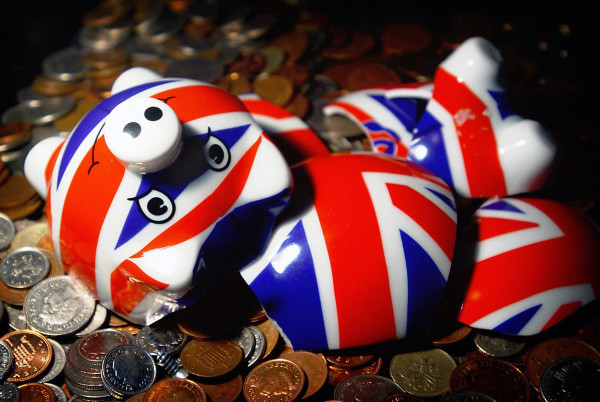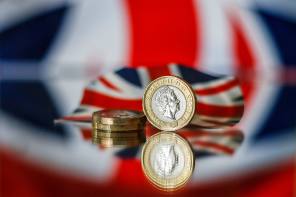

A decade on from the last increase in the UK base rate and experts are warning there is still little appetite to end the low-rate environment that has ravaged savers’ nest eggs.
On 5 July 2007, the Monetary Policy Committee last increased the base rate to 5.75 per cent.
Since then, the amount of money in accounts that pay no interest at all has risen almost eight fold to £179m, and consumer borrowing is higher than it was on the eve of the financial crisis.
Laith Khalaf, chief financial analyst at Hargreaves Lansdown, said that although low rates have helped prop up the UK economy, “the burden of loose monetary policy has very much fallen on those with cash in the bank, who have seen the interest they receive wither away to virtually nothing.”
“Around eight million Britons haven’t witnessed an interest rate rise from the Bank of England in their adult lives,” he added.
Hargreaves Lansdown calculates that £1,000 cash in the bank from July 2007 is today worth £878, while it would be worth £1,323 if it had been invested in the stock market.
The average rate on non-instant access accounts (including cash Isas) has fallen from 5 per cent to 0.9 per cent. The average rate on the typical instant access account has fallen from 3.3 per cent to 0.4 per cent.
However, the era of rock bottom rates may be coming to an end.
Markets are now pricing in a 55 per cent chance of a rate rise by the end of the year, thanks to rising inflation and a more hawkish stance from the Monetary Policy Committee (MPC)
“However the fragile debt dynamics of the UK economy mean that even when the Bank does decide to raise rates, it is going to tread very carefully indeed,” Mr Khalaf said.
Tom Stevenson, investment director at Fidelity, said that he believed that the “temperamentally cautious (Bank of England governor) Mark Carney” will “continue to err on the side of caution”
“Ten years on from the last rate rise, there is considerable confusion about the outlook for monetary policy in the UK,” he said.
“The argument for raising rates is that years of cheap money has left inflation higher than it was 10 years ago, unemployment lower and consumer credit growth far too high for comfort.“
Nancy Curtin, chief investment officer at Close Brothers Asset Management, agreed the Bank would be cautious.
She said: “For now, recent rises in imported inflation may be temporary and there is little sign of wage inflation.
“Governor Mark Carney has commented publicly that a rate hike could become necessary, but with the spectre of Brexit looming large, caution will remain the watchword.”
rosie.murray-west@ft.com



